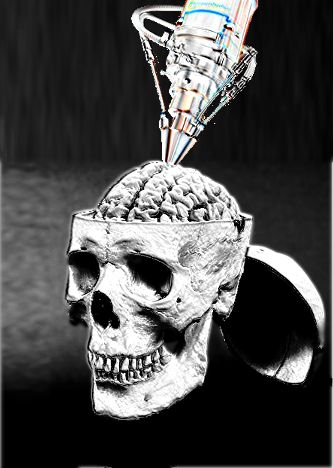Stem cells stamped into new bone breakthrough
 West Australian researchers are using stem cells and 3D-printers to regrow parts of patients’ skulls.
West Australian researchers are using stem cells and 3D-printers to regrow parts of patients’ skulls.
By scanning the skull of an individual patient, the team from Royal Perth Hospital can make a 3D-printed replacement that fits perfectly in every way.
Royal Perth Hospital biomedical materials engineer Alan Kop says that when skulls are severely damaged by serious head injuries, any pieces of bone are currently taken away and stored in a freezer to be reimplanted.
This often results in infection or bone resorption.
But now, two engineers, a surgeon, neurosurgeon and a chief scientist are on a state-funded trip to Vienna, where they are working with a 3D printing firm to design and produce perfect replicas of excised bone.
The Austrian company uses bioceramic scaffold injected with millions of stem cells, which the Australian team hopes to be able to fit to the skull.
It would be the next step in a process already gaining some attention in Australia.
New South Wales-based neurosurgeon Marc Coughlan has been repairing fractured skulls with plastic implants 3D-printed by a Melbourne company to match the exact contours of a patient’s skull.
That company, Anatomics, is also designing metal implants using 3D printer that forms objects out of titanium.
It is also not the first time ceramic has been used to rebuild skulls, but the current project is the first time that embedded stem cells will be used.
He says his team could be the world’s first to use donor stem cells on a bio-resorbable “scaffold” to regrow skulls, and that it could revolutionise surgical treatment for bone and tissue replacement.
“What we’re trying to do is take it one step further and have the ceramic resorb and then be only left with the patient’s bone, which would be exactly the same as having the skull back,” he told News Corp reporters.








 Print
Print